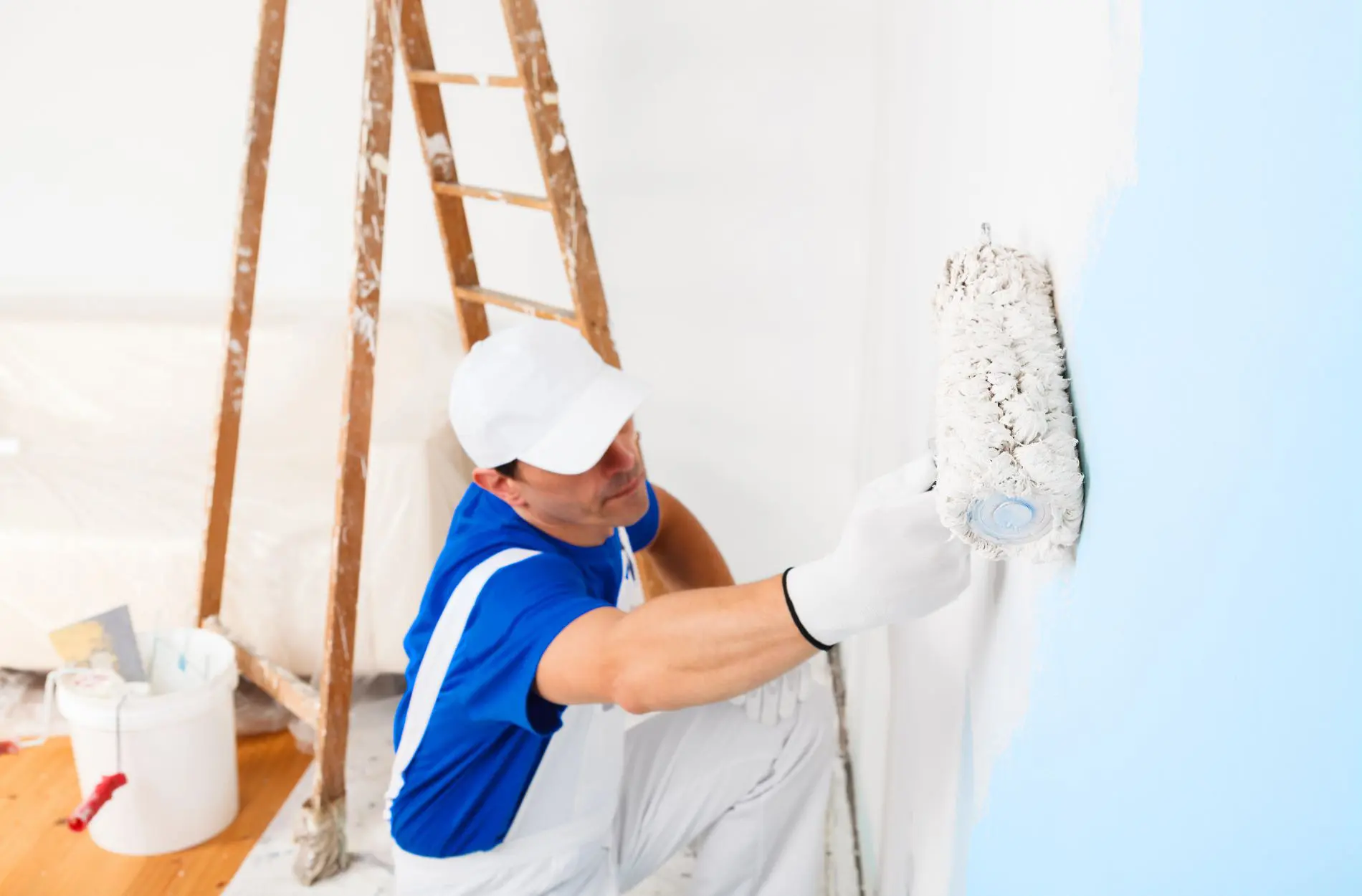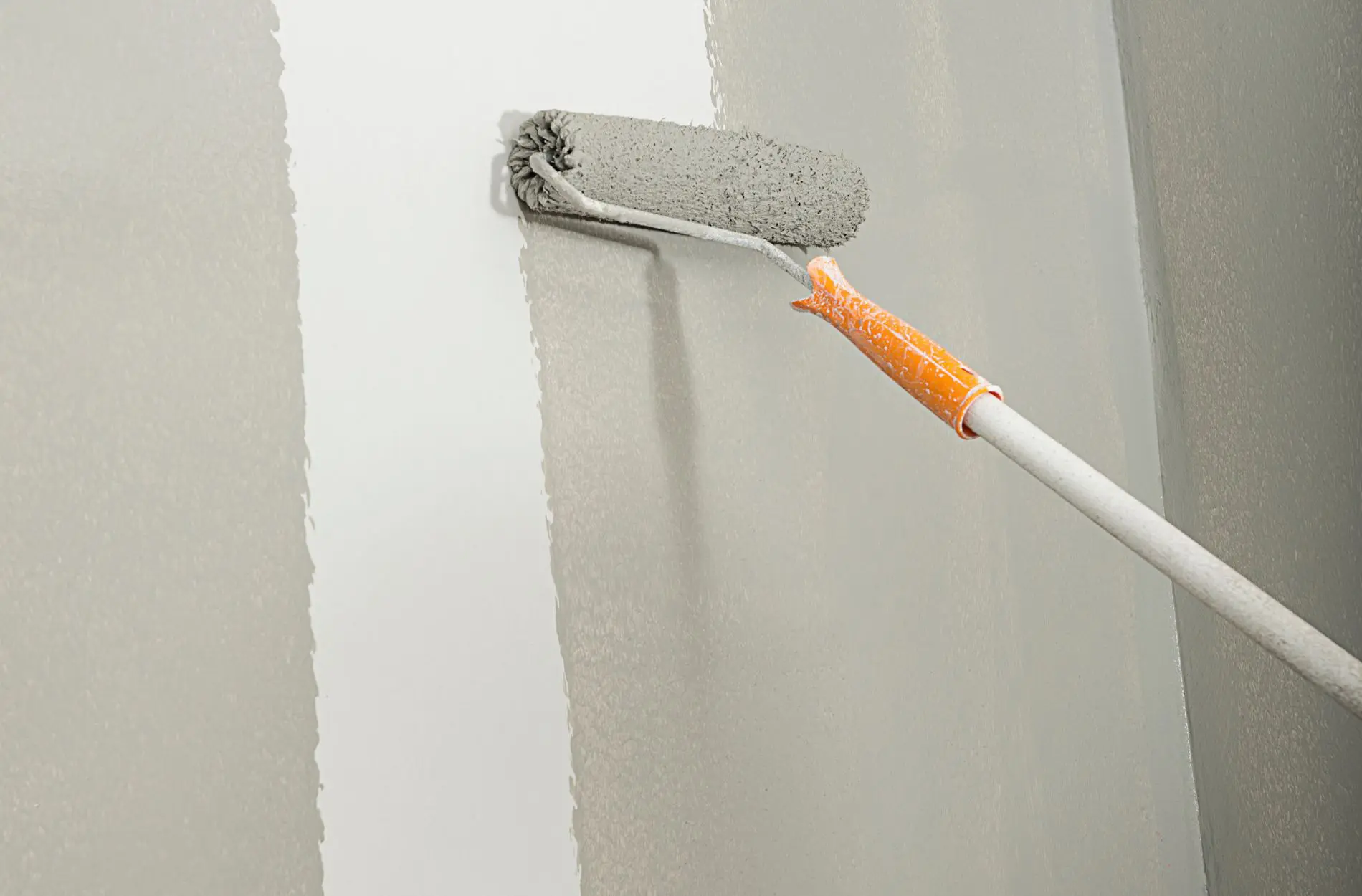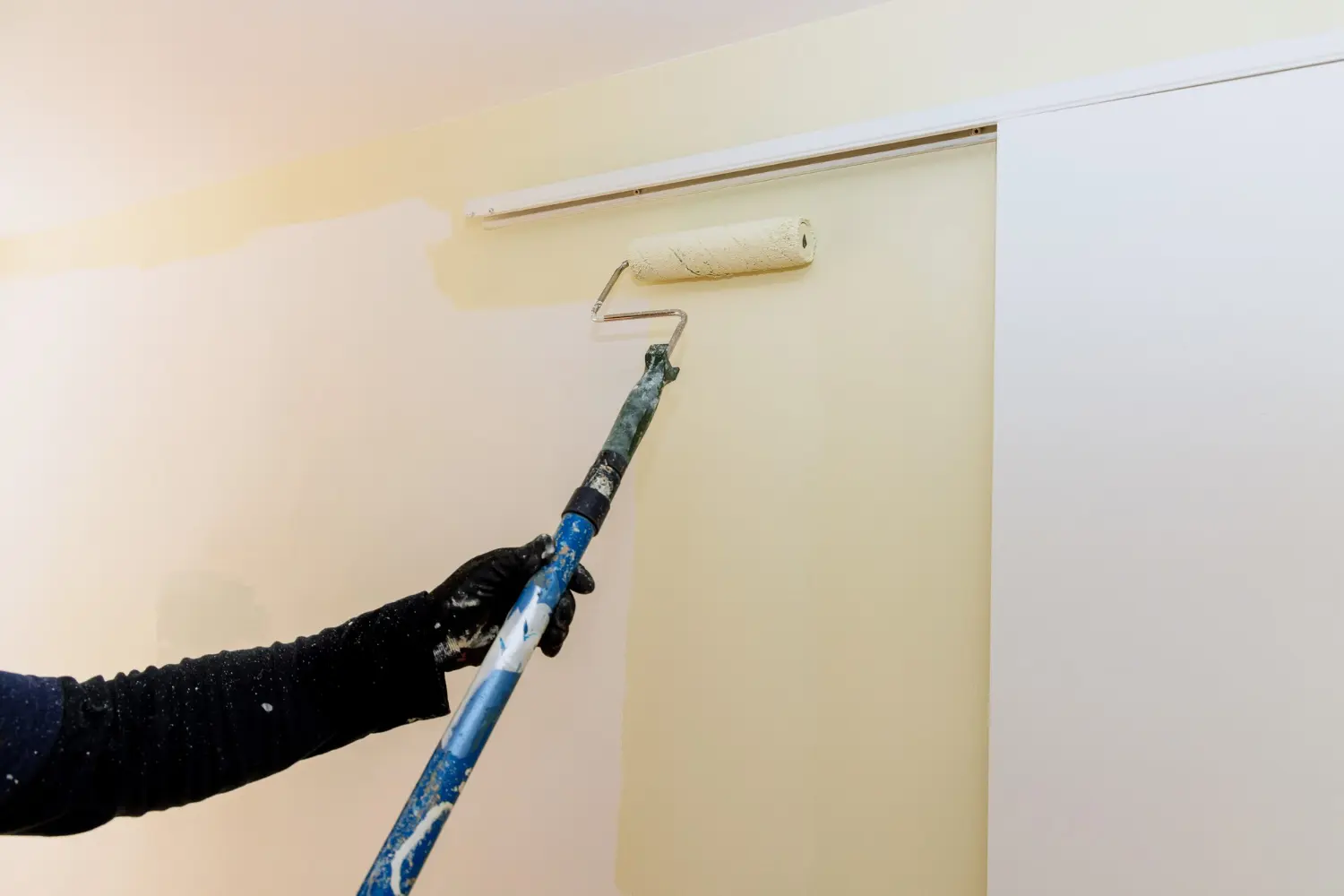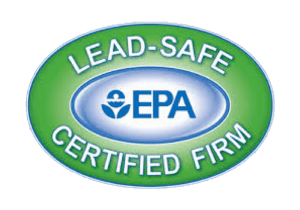Signs of Water Damage Behind Cabinet Faces in Alexandria VA
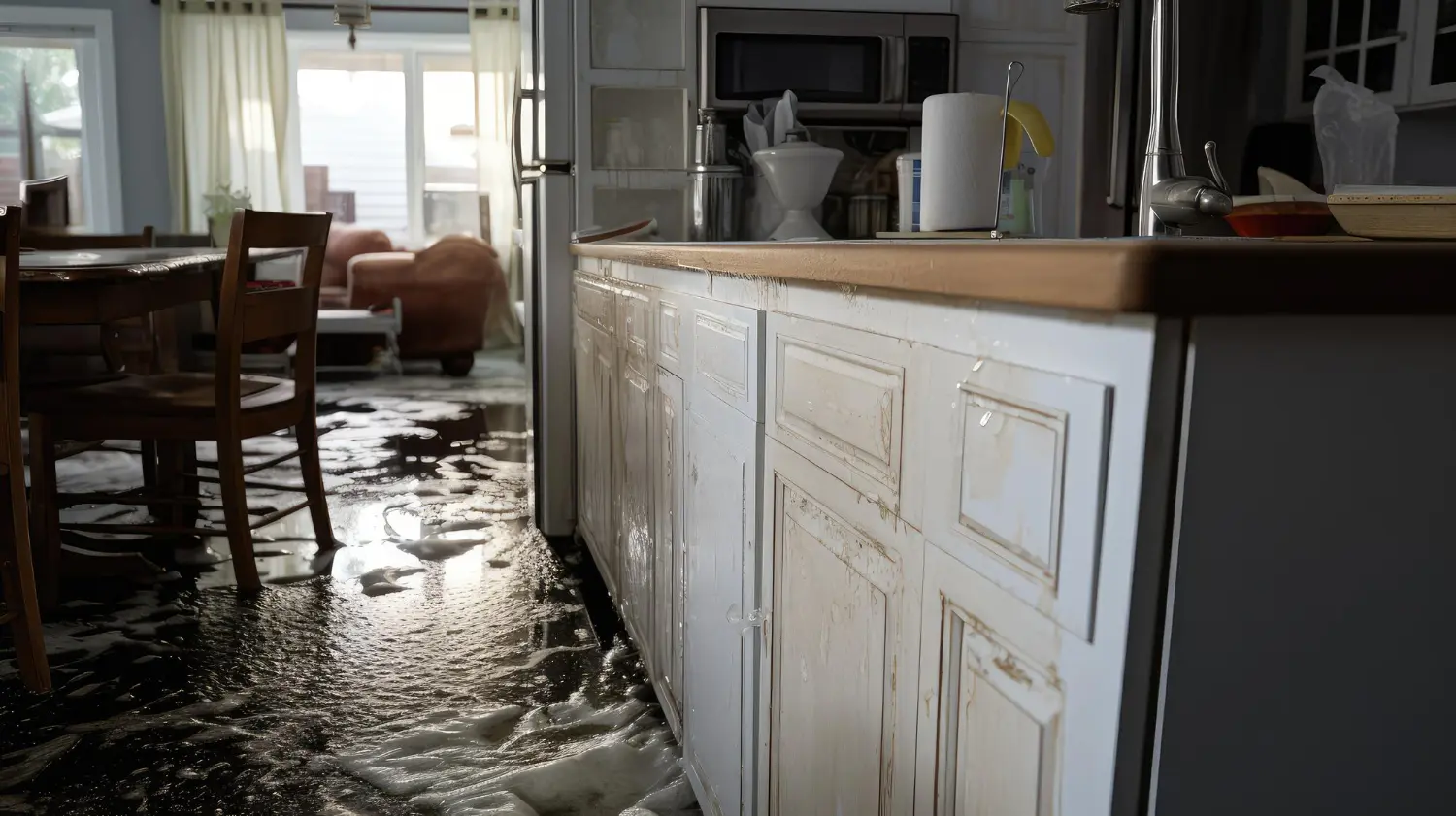
Cabinet faces don’t get much attention unless you’re updating your kitchen. But sometimes the biggest problems are hiding right behind them. Water damage might be building up slowly in spots you can’t see at first glance, and by the time it becomes obvious, the damage can be more serious than you expect. That’s why spotting the signs early matters, especially in homes around Alexandria, VA, where high humidity and inconsistent weather tend to create the perfect setup for moisture trouble.
If your cabinets are starting to look a little off or feel soft to the touch, there might be more going on beneath the surface. Identifying early signs of water damage can help keep your kitchen in better shape and save you from bigger repairs later. Let’s look at what usually causes this kind of hidden damage and what it might look like in its early stages.
Causes Of Water Damage Behind Cabinet Faces
Water damage can build up behind cabinet fronts for all sorts of reasons, and it usually starts in the places you wouldn’t think to check every day. Some of the most common sources tend to affect homes in Alexandria, especially during spring and summer months when rainfall and interior humidity both rise.
Here’s where most problems begin:
1. Leaky plumbing behind or under the cabinets
If one of your pipes has even a small leak, it can cause moisture to collect inside the walls or on the backs of cabinets. This excess moisture slowly soaks into the materials, leaving them swollen, discolored, or weak over time.
2. Appliance issues
Dishwashers and sinks often connect directly to cabinetry. If the seal breaks or the hose isn’t fitted tight enough, small drips over time can lead to serious water buildup. You might not notice it at first because all the damage is happening behind closed cabinet doors.
3. Climate-related moisture
The Alexandria area sees a fair mix of humid days, especially in the spring. If your kitchen isn’t ventilated well, the air can hold moisture that settles on surfaces and absorbs into cabinets. Over time, this constant exposure to moisture starts to warp, rot, or weaken the backing of your cabinet fronts.
4. Flooding or drainage problems
Any major spill, flood, or long-term drainage issue can affect your lower cabinets the most. Kitchen floors retain a lot of moisture right after flooding events, and if you don’t act fast, that water gets into the wood components of the cabinets.
By understanding where the moisture is coming from, you’re in a better position to know what signs to look for and when to ask a professional for help. Even a yearly check-in under your sink or behind your appliances can help catch these issues before they grow worse.
Visible Signs Of Water Damage
Not all signs are easy to spot at first, but some make themselves known fairly quickly once the damage starts to surface. If you’re in the kitchen and your cabinets look or feel off, it’s worth taking a closer look. Knowing the early signs can stop you from ignoring damage that could spread out of sight.
Keep an eye out for:
- Discoloration or water stains: Patches that appear darker or develop a yellowish tint could be signaling water trapped behind or inside the material. These stains often show up around the edges or corners of cabinet faces.
- Swelling or bubbling on the surface: When moisture builds up inside or behind the cabinet face, it can make the material expand, bubble, or buckle slightly. This is especially common with particle board or MDF cabinets, which are more sensitive to moisture.
- Warping or bending shape: Cabinet doors that don’t close evenly or suddenly feel a bit crooked may have started to warp. Water damage can change the shape of the wood or cause the hardware to loosen, throwing off the alignment.
- A musty smell: Sometimes before you even see signs, you might smell them. That earthy scent is often mold or mildew beginning to grow due to trapped moisture. It’s a good idea to check inside and around those cabinets if you notice this smell day after day.
Even one of these signs is a reason to investigate further. Waiting too long can mean deeper damage not just to the cabinet faces but to the interior structure and walls behind them too.
Hidden Indicators Of Water Damage
The trouble with moisture buildup is that it doesn’t always stay out in the open. Some signs are tucked away, easy to miss unless you know exactly where or what to check. If your kitchen looks fine but doesn’t quite feel right, the issue might be just behind those cabinet faces.
Here are a few hidden red flags:
- Soft or spongy surfaces: Lightly press the door or frame. If it gives in more than usual or feels like it has some bounce, there could be decay or moisture damage behind that surface.
- Loose or shifting hardware: Handles, hinges, and screws that start to feel wobbly or pull out easily may not be attached to healthy wood anymore. Water damage softens the area around the fixtures, which can’t hold the hardware in place like it used to.
- Signs around the inside corners: Open the cabinets and look around the back edges or lower corners for soft spots, discoloration, or peeling layers. If you see anything unusual, especially where the panels meet or along the base, it might be the start of moisture damage.
A homeowner in Alexandria once thought her cabinet door was just poorly installed because the hinge wouldn’t stay tight. But it turned out the backing had soaked up months of slow water leakage from a pinhole-sized pipe issue behind the wall. It wasn’t until the cabinet started smelling musty that she finally got a full inspection.
Spotting these quiet signs early can help keep your repair costs down and protect the look and strength of your kitchen space. Don’t ignore what feels a little off. These subtle changes are often the earliest warnings your cabinets need attention.
Prevention And Early Detection
Once moisture gets into the cabinetry, repair can be time-consuming and expensive. The good news is that a little attention now and then can go a long way. For homeowners in Alexandria, keeping water damage from sneaking up behind cabinet faces isn’t just about spotting the signs. It’s about getting out in front of it before it even starts.
Here are a few simple steps you can take to catch problems early and keep your cabinet faces in solid condition:
- Inspect under sinks and around appliances every few months: Check for leaks, water spots, or signs that seals are failing. Many hidden leaks behind dishwashers and sinks happen slowly. A quick check with a flashlight can reveal signs you might otherwise miss.
- Feel the surface and edges of the cabinet doors: A quick run of the hand over the cabinet faces and frames can tell you a lot. If something feels soft or seems like it has a slight bend where there shouldn’t be one, moisture may be building inside.
- Keep humidity in check: Spring and summer in Alexandria often bring moister indoor air. Long cooking sessions or running appliances like dishwashers without venting out the heat and steam can raise your humidity indoors. A small dehumidifier or using your range hood more frequently can make a difference in keeping cabinet materials dry.
- Maintain caulking and seals: Look around your countertops, backsplashes, and appliance fittings. As these seals wear out over time, water can slip into edges and seep behind cabinets without any big spill or leak. Reapplying caulk or sealant as needed helps block this subtle moisture entry.
- Schedule plumbing checks before major seasonal changes: Before you head into a rainy spring or the freezing shifts of winter, it’s not a bad time to get your pipes and fittings checked over. Any small leak from cold weather damage or age can lead to a surprise case of cabinet damage over time.
Regular attention to these small tasks keeps moisture from becoming a hidden threat. You don’t need to overhaul everything to keep things sound, just make space in your seasonal routine for a little inspection here and there. Over time, it’ll help your cabinets stay in great shape much longer.
How Alexandria Homeowners Can Stay Ahead of Moisture Damage
Water damage behind cabinet faces doesn’t always give you loud and obvious warnings. Sometimes it starts quiet, with just a musty scent or soft edge where a hinge used to feel firm. But addressing the signs early can help stop bigger problems from building up behind the surface. Alexandria homeowners who deal with the region’s mix of humidity and rainfall should be especially aware of the conditions that set the stage for moisture to settle in places it doesn’t belong.
Tuning in to both visible signs and those hidden hints is the first step in keeping kitchen spaces lasting through the years. Whether it’s discoloration on cabinet faces, a warped door, or loose hardware, each detail matters. Simple checks, smart seasonal planning, and fixing issues while they’re still small can help avoid costly repairs down the line. By giving cabinetry the same attention you’d give to appliances or flooring, you’re taking real steps to protect one of the most used areas of your home.
If your cabinets are showing signs of distress and you’re concerned about moisture lurking unseen, consider exploring cabinet refacing in Alexandria, VA. With refreshed surfaces and added protection against future damage, this option can help restore your kitchen’s look and function without a full remodel. Hömm Certified Painting Systems is here to help you protect and upgrade your cabinetry with expert care.

